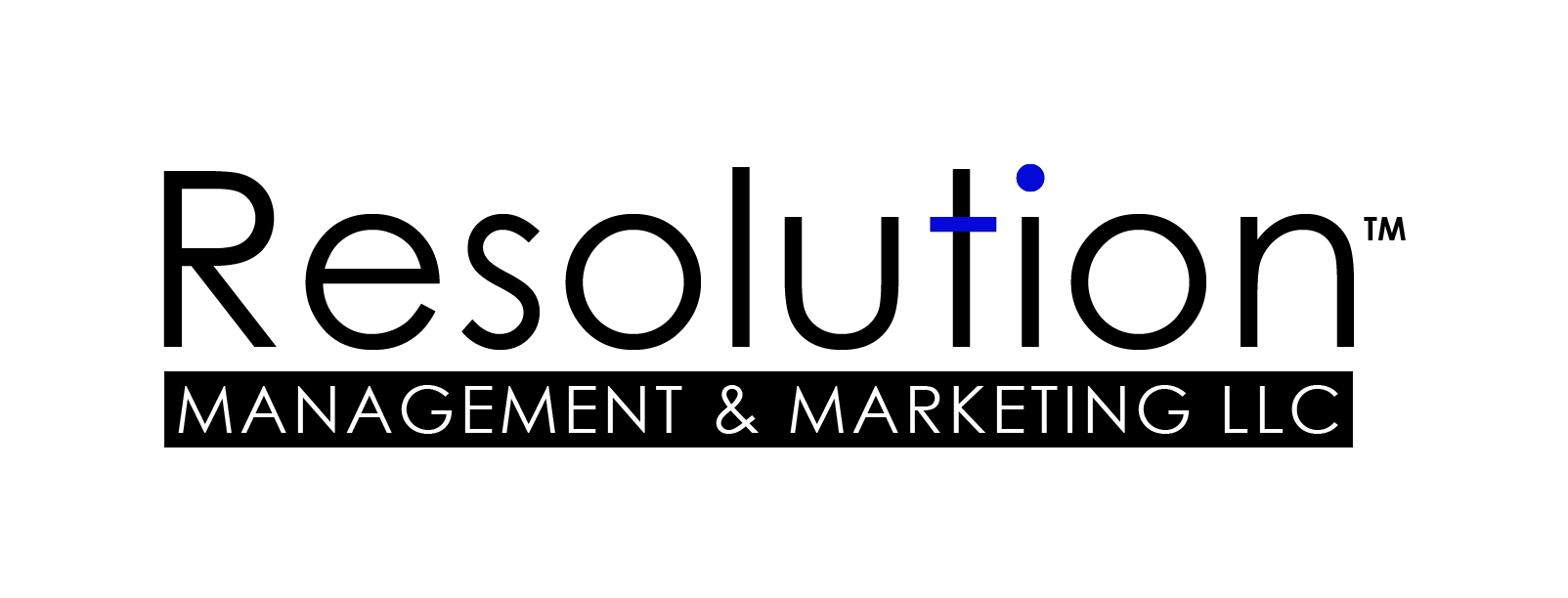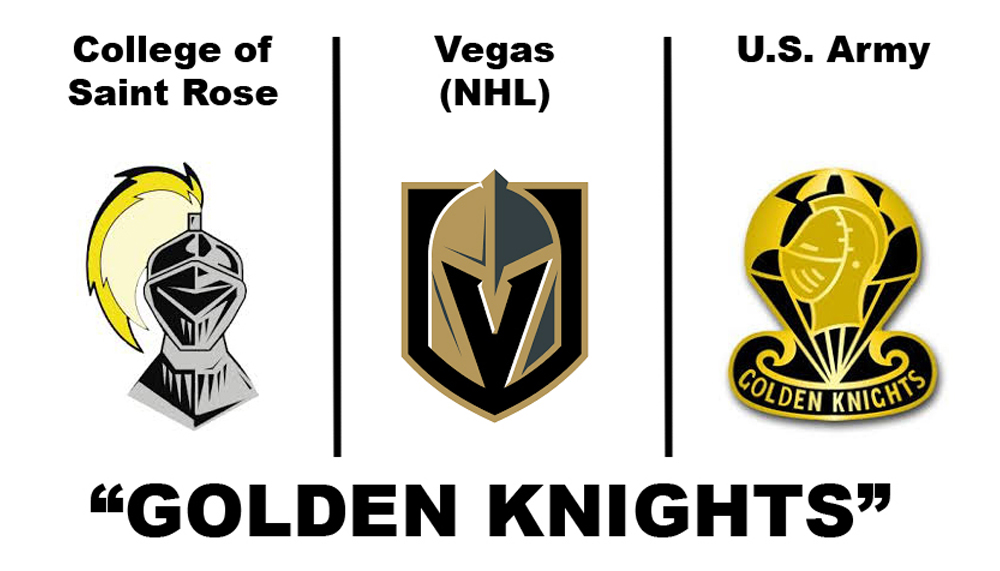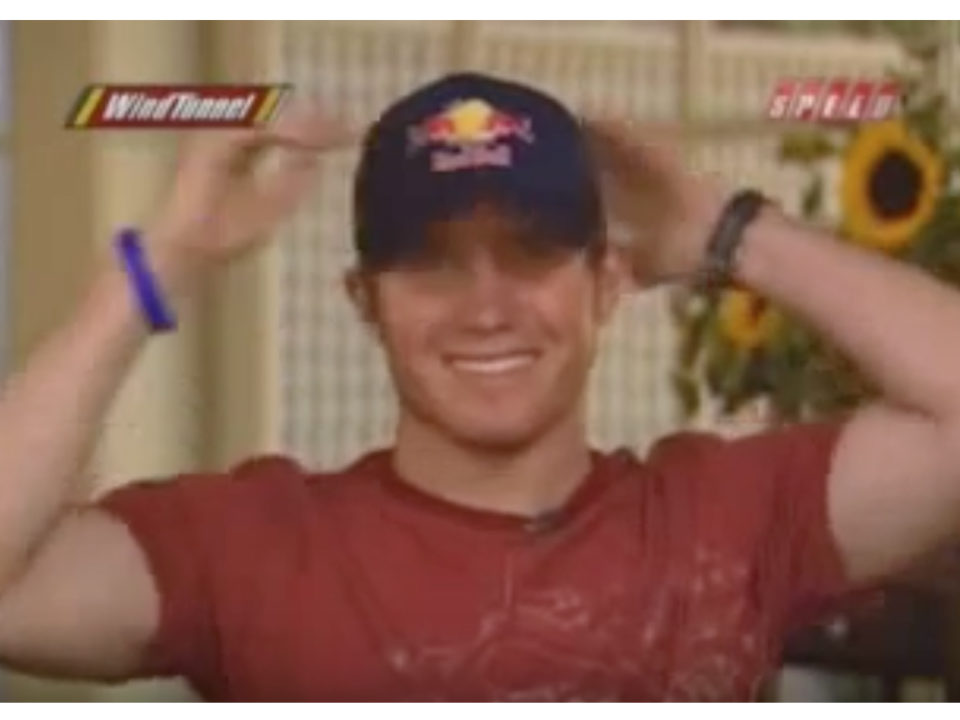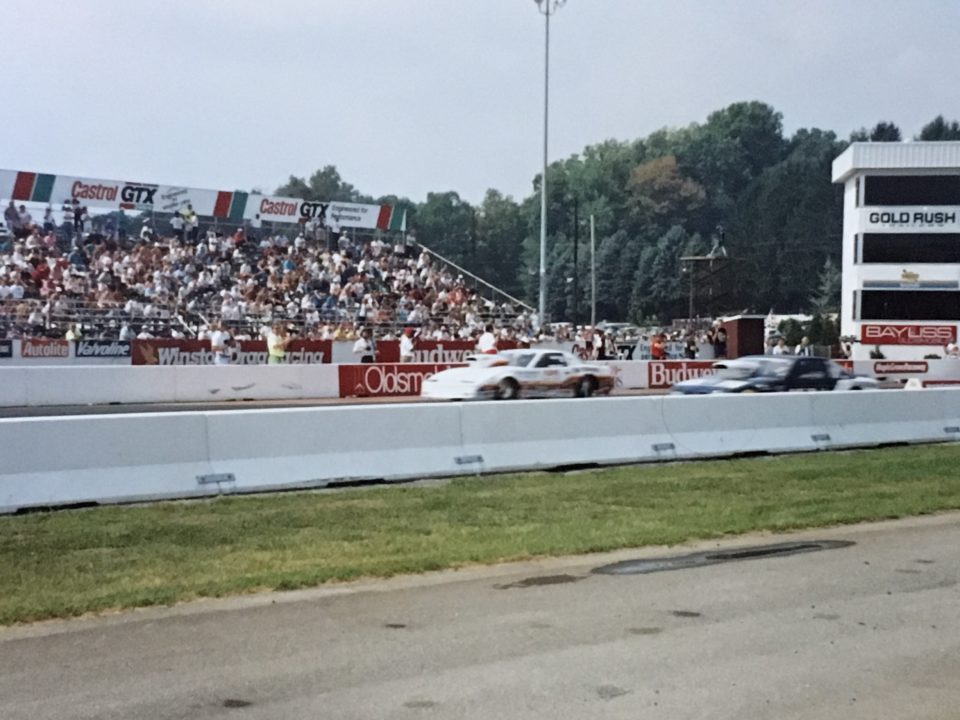
Grading Employees – Value Your Thoroughbreds!
April 27, 2016
Riding Along with WJ at 200MPH
May 31, 2018An interesting United States Patent & Trademark Office (USPTO)-related dispute has recently been publicized in mainstream media between multiple parties objecting to trademark filings of word (“standard character”) and stylized logo (“special form”) by the NHL’s Vegas “Golden Knights”, including the U.S. Army and College of Saint Rose. The Vegas entity is a newly formed National Hockey League expansion team. The College of Saint Rose is an Albany, NY-based private college whose athletic program competes in NCAA Division II. The U.S. Army entity is a demonstration/competition team of elite parachutists from the branch.
As far as this present trademark dispute, this case will be very fascinating to follow for those engaged in trademark, branding and marketing. These USPTO-related matters and rulings are rarely clear-cut due to diverse legal considerations and subjectivity of interpretation, and this case is no different.
Per USPTO policies: “the USPTO determines that a likelihood of confusion exists when both (1) the marks are similar, and (2) the goods and/or services of the parties are related such that consumers would mistakenly believe they come from the same source. Similar marks or related goods/services by themselves are not enough to support a finding of a likelihood of confusion, unless a court has held that the mark is actually a famous mark. That is, generally two identical marks can co-exist, so long as the goods and services are not related. Each application is decided on its own facts and no simple mechanical test is used to determine whether a likelihood of confusion exists.”
Fundamentally, the U.S. Army is arguing to the U.S. Trademark Trial and Appeal Board (TTAB) of cause for substantial confusion in the market between their “Golden Knights” and the NHL Vegas entity of same name; the TTAB hears and rules on adversary proceedings involving trademark disputes. The College of Saint Rose is arguing similarly.
On the surface, a layperson would likely agree. Factors that the TTAB will likely consider here include that all three entities participate in sports – yet there are differentiations there too. The college is an NCAA, Division II program and neither the school nor association support the sport of hockey. The U.S. Army activates across various platforms in NCAA Division 1 sports and the Golden Knights jump team engages in many types of sporting events thru their demonstrations.
It appears neither the college nor the military branch have previously applied for or received USPTO approval for their word or stylized marks in dispute; that doesn’t preclude a ruling in their favor, but might further substantiate their respective arguments.
The U.S. Army is also raising allegations in its filing regarding documentation that the owner of the Vegas Golden Knights is an Army veteran and he and/or associates have publicly referenced the U.S. Army as an impetus for their branding. This too on the surface might seem to strongly support the Army’s argument; however, I expect the USPTO will place little to no value on that subjective factor and instead maintain their focus on the key questions, which include: (a) Are the marks materially the same, or similar? (b) Is there a reasonable basis to expect a likelihood of confusion in the applicable marketplace(s) by the public – specifically, that consumers “are likely to assume that they come from a common source?”
Regarding the marks, it’s obvious that all three entities are using variants of a traditional “knight” suit – that favors the NHL team in my opinion, as no organization has the right to arbitrarily or broadly trademark a general image like a “knight” – rather the question becomes how similar or dissimilar are each individual stylized mark or special form? My snap judgment is that the USPTO will rule the respective marks are all sufficiently unique. A secondary consideration and point of protest by the U.S. Army will be the colors – again, are the respective colorings unique and does the U.S. Army or College of Saint Rose have a right to trademark white, black and gold in association with the term “Golden Knights?” I think the branch is going to have a difficult time prevailing on that argument – a cursory search of the internet disclosed various other sports and unrelated entities using the term “knight(s)” and those same black, gold and white colors.
The term (standard character) “Golden Knights” might present the strongest argument; conversely, there appear to be numerous other examples of pre-existing trade usage of the term, including in sports, and each has a differentiating prefacing word – i.e., “Vegas,” “U.S. Army,” and “College of Saint Rose.” Certainly the basis for the U.S. Army’s and College of Saint Rose’s objections largely center around the high profile publicity that the NHL team has garnered in short order, which has far exceeded the visibility and brand awareness of their own marks and usage of such. Another analogy with some applicability might be the NFL “New York Giants” and the MLB “San Francisco Giants”. There is a lengthy and diverse history of multiple trade usage of same character marks with similar special form marks, particularly in sports – my alma mater Villanova University (“Wildcats”) is a great example and there are myriad examples of “Wildcats” with very similar name and logos operating within the exact same industry/segment (NCAA Division 1 athletics). A non-NHL or sports fan likely wouldn’t readily recognize the “Vegas Golden Knights”, particularly given they are a new expansion team in the league – and reciprocally, I would venture to say a vast majority of the population outside of Albany, NY, the parachute/skydiving industry or U.S. Army couldn’t identify the “U.S. Army Golden Knights” or “College of Saint Rose Golden Knights” by their marks or names.
An interesting sidebar to these claims is that hypothetically if the TTAB sided with the U.S. Army, one might expect that to secondarily translate into substantiated trademark claims by the branch or rulings by the TTAB against the College – and/or possibly other entities unrelated to these specific matters?
As a veteran marketer, non-attorney legal and contract specialist and business executive who values integrity of rights, and has familiarity with trademarking matters, my personal inclination is to empathize with the protesting parties on multiple counts; however, practically speaking, based on the policy/case precedent, standards for judgment, initial filings, and a cursory review of the matters, I would expect the NHL Vegas “Golden Knights” to ultimately prevail in this dispute. And even if the totality of the analysis by TTAB concludes there is basis for confusion, that does not mean the NHL team has to summarily abandon their marks either – a simple shift or modification might be compelled involving the word “Golden” for the standard character form of the mark, or a modification of the special form (logo) – for example, incorporating a hockey puck or stick in any manner into the Vegas Golden Knights logo would have made it much “stronger” to begin with, another criteria the USPTO and TTAB evaluate.
Nonetheless, this is a fascinating case involving unique parties to follow regardless of the outcome. And on a more positive note, ultimately, it’s fair to argue that ALL of the parties involved in this dispute are gaining substantial publicity and exposure for their own brand and programs!




